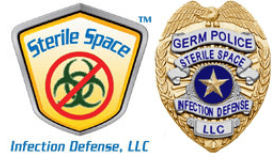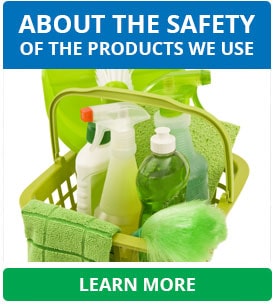Originally Published By HouseDigest
Have you ever walked into a public place or home and thought, “Mmm. It smells so clean.” There’s just something about that pine-scented all-purpose cleaner, lemon-scented furniture spray, and lavender-scented floor cleaner that pleases the nose and leads us to believe we’re in a clean environment, but is it actually clean? What is the “clean smell” anyway, and what makes something clean? Unfortunately, the potent fragrance in many cleaning products doesn’t necessarily equate to germ-killing, disinfectant properties. So, while you may have a kitchen or bathroom that smells great, there could still be viruses and bacteria lurking.
Merriam-Webster defines “clean” as free from dirt, pollution, contamination, and disease, but can a fragrance alone give you that? Not exactly. In most cases, the fragrance in cleaning products is a combination of chemicals that aren’t designed to do anything more than create a pleasing aromatic effect. If you want a clean, disinfected home, you’ll need to look for more than an alluring aroma. Always read the label and active ingredient list on your cleaning products. They’ll tell you what results you can expect, whether deodorizing, germ-killing, or both.
What to look for in a cleaning product
The cleaning section of a grocery store can be overwhelming with all the product options to choose from, but if you know what to look for, it can help narrow your search. If you want a truly clean home, hunt for products that use phrases like “kills germs,” “disinfects,” “kills bacteria/viruses,” or “anti-bacterial.” If the product bottle uses phrases that focus primarily on fragrance and cleaning without specifying how it cleans, it may not provide the germ-killing power you want.





